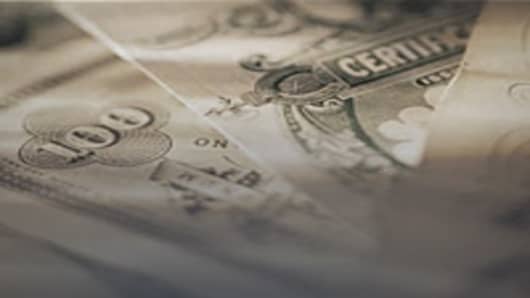U.S. Treasurys prices rose on Friday as Washington looked set to implement spending cuts that are likely to weigh on economic growth and as European data pointed to a worsening economy in the region.
The U.S. government came closer to implementing the automatic, across the board cuts on Friday after President Barack Obama and congressional leaders failed to find an alternative budget plan.
The failure to reach an alternative plan pointed to political dysfunction in Washington, after Italy's failure to form a strong government majority in an election earlier this week also added demand for safe haven U.S. bonds.
"Given continued political uncertainty here and abroad as well as fiscal drag from sequestration and the payroll tax, it remains to be seen whether the recent pickup in manufacturing can be sustained," said Guy Berger, U.S. economist at RBS in Stamford, Connecticut.
Bond yields have fallen into a new, slightly lower range since a dramatic rally on Monday as investors worried that Italy's inconclusive election will harm the euro zone's ability to stabilize its debt problems.
Benchmark 10-year Treasury notes were last up 8/32 in price to yield 1.85 percent, down from 1.88 percent late on Thursday.
Sluggish economic growth is raising some concerns that the Federal Reserve may not be able to reduce unemployment below the 7 percent level, where it has said would be a target to end its latest, ongoing bond purchase program.
Federal Reserve Chairman Ben Bernanke this week strongly defended the bond purchases, after Fed meeting minutes released last month showed that some voting members are cautious about continuing the program.
Some analysts and investors are worried that the ongoing purchases are raising the risk that the Fed is creating bubbles in riskier assets including stocks, and that an eventual exit will spark financial market instability.
"The problem with it is that they don't know whether we are in a bubble or not, because they've never taken their foot off the accelerator long enough to find the clearing prices of securities," said Guy Haselmann, head of interest rate strategy at Bank of Nova Scotia in New York.
"They don't have to tighten, all they have to do is stop buying and the foot gets removed and all these people that have been chased into risk assets may just get out," he added.
The Fed bought $920 million in debt due from 2023 to 2031 on Friday as part of this program, out of $3.15 billion submitted for purchase. It will buy between $1.25 billion and $1.75 billion in debt due from 2036 to 2043 on Monday.


